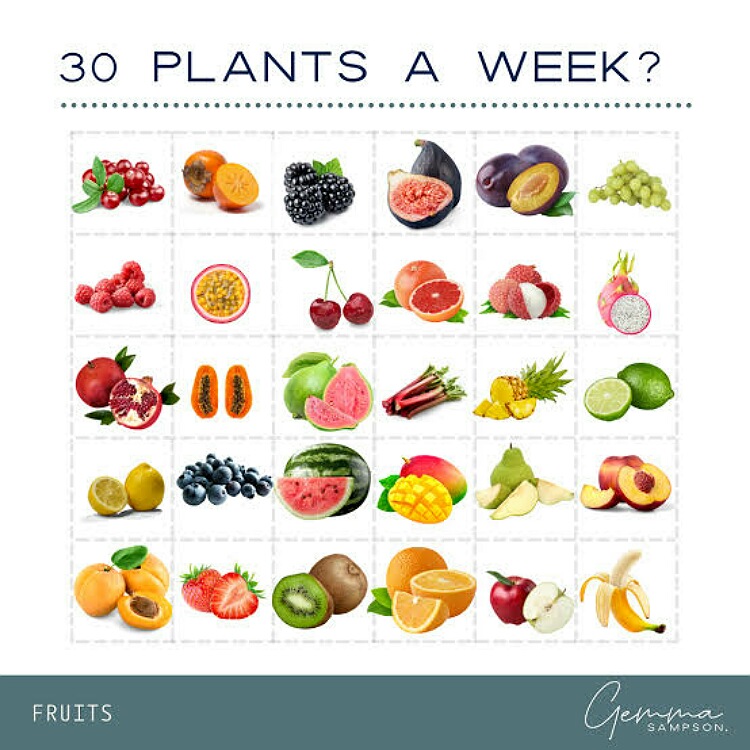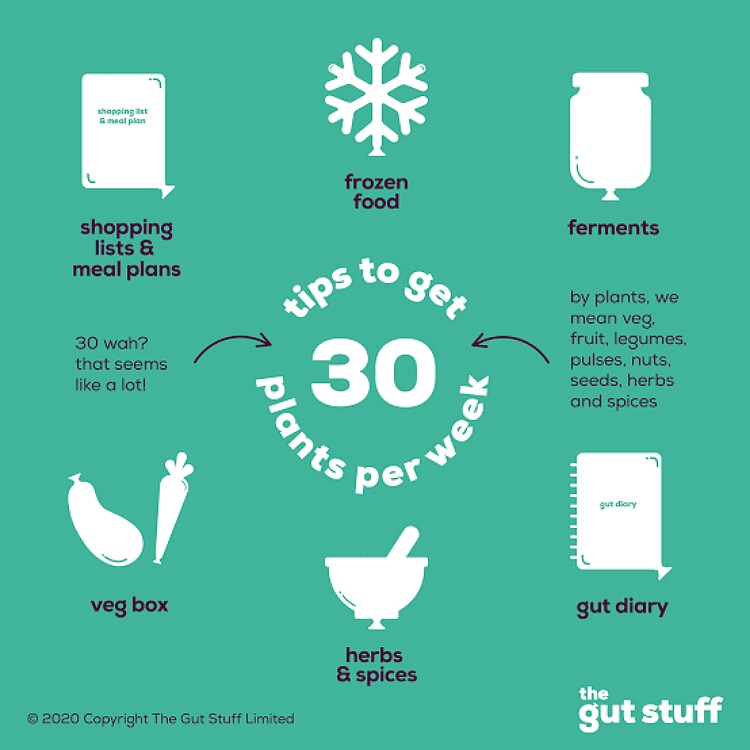WHO recommends five a day. This means that one should at least take five portions of fruits or vegetables daily to prevent chronic inflammation, chronic diseases and cancer. But now, dietitians are advising people to consume 30 different types of plant foods in a week. This nutrient diversity is vital rather than having the same fruits or vegetables daily.
Five a day
Until now, WHO has recommended people including children to eat five a day. This means that they should have at least five portions of fruits or vegetables in a day. This would assist in remarkably reducing the risk of cancer and also in the prevention of chronic diseases such as high blood pressure, atherosclerosis, heart disease, diabetes mellitus, body inflammation, etc. The digestion is better with this and it overcomes constipation by regulating bowel movements. The gut remains healthy and so does the immune system.

And now, dietitians are advising people to eat at least 30 different plant foods in a week. This improves gut and health. How to do it?
30 different plant foods in a week
Along with five a day, nutritionists are now asking people to consume 30 different kinds of plant foods in a week. It should not be the same fruit, vegetable, or plant food. This is nutrient diversity and it makes it possible to have all the diverse nutrients needed for the body.
We all know that certain nutrients abound in a food item but it has limitation of another nutrient. No food is complete. Hence having a mix of at least 30 different food types from plants would ensure that the body gets all the nutrients. This would make the diet really wholesome.

Rohini Bajekal, a nutritionist at Plant Based Health Professionals (plantbasedhealthprofessionals.com) talks about the American Gut Project. She states:
“It found that people who consume more than 30 different types of plant foods a week have a healthier and more diverse gut microbiome than those consuming less than 10 different plant types,”
It was a large scale study with 1000 recruits. They evaluated the human gut microbiome. People who ate 30 different plant foods per week had a diverse gut microbiome. This was associated with a better immune and overall health. Risk of type 2 diabetes mellitus and heart diseases was also less in people on a more diverse diet.
How to achieve it?
At breakfast have the same base of oats but vary the toppings. She recommends:
“Add fresh fruit, cinnamon, omega-3 rich ground flax seeds and walnuts, wholegrains like buckwheat, seeds, nuts, coconut flakes, dates or stewed fruit.”

Prefer grains of different types at lunch. Rohini adds:
“Mix up your menu and try different wholegrains such as freekeh, wild rice or quinoa in place of white rice or potatoes,”
Use fermented foods such as sauerkraut or kimchi. These have 6 different plant foods in it. One can eat it with rice of add it to salads. Have seasonal variety. Use nuts and seeds over food dishes. Use fresh herbs in place of spices and salt. Rohini adds:
“Try swapping half the portion for sweet potatoes, parsnips, carrots or butternut squash puree,”
Add vegetables to sweet dishes too:
“Use beetroot, parsnips, sweet potato and courgette in sweet puddings and cakes,”
Also, read 6 kitchen gadgets you must have to easily chop vegetables!
Use mixed ingredients in tins or cans. Use legumes and beans liberally in foods. Grate the vegetables especially when you prepare foods for kids or elderly. Soups or smoothie is another way to hide the vegetable but have the nutrients.
